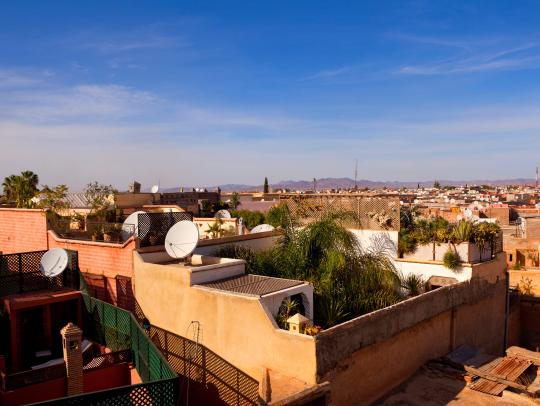Bridging the Digital Divide

Fibre bridges the digital divide between the western world and Africa, but does not bridge the divide between urban and non-urban areas within Africa. Nearly 300 million people live more than 50 kilometres from a fibre or cable broadband connection – and the further away the connection, the worse the broadband quality. Another 400 million people have no internet access at all. This makes a total of 700 million people with limited or no access to broadband internet. That’s more than half the total African population of around 1 billion people.
Research shows that a 10% increase in broadband connectivity results in a 1.38% increase in GDP in developing nations. These figures show a real opportunity for broadband to contribute to development in Africa.
While plans exist to increase fibre connectivity across the continent by 2020, the land mass is more than 30 million square kilometres (nearly three times the size of Europe) with challenging terrain. Broadband connectivity via satellite has the advantage of reach, maintaining the same quality no matter where the customer is. It can transcend geographic challenges, as well as complement existing technologies to provide that vital last-mile connectivity.
